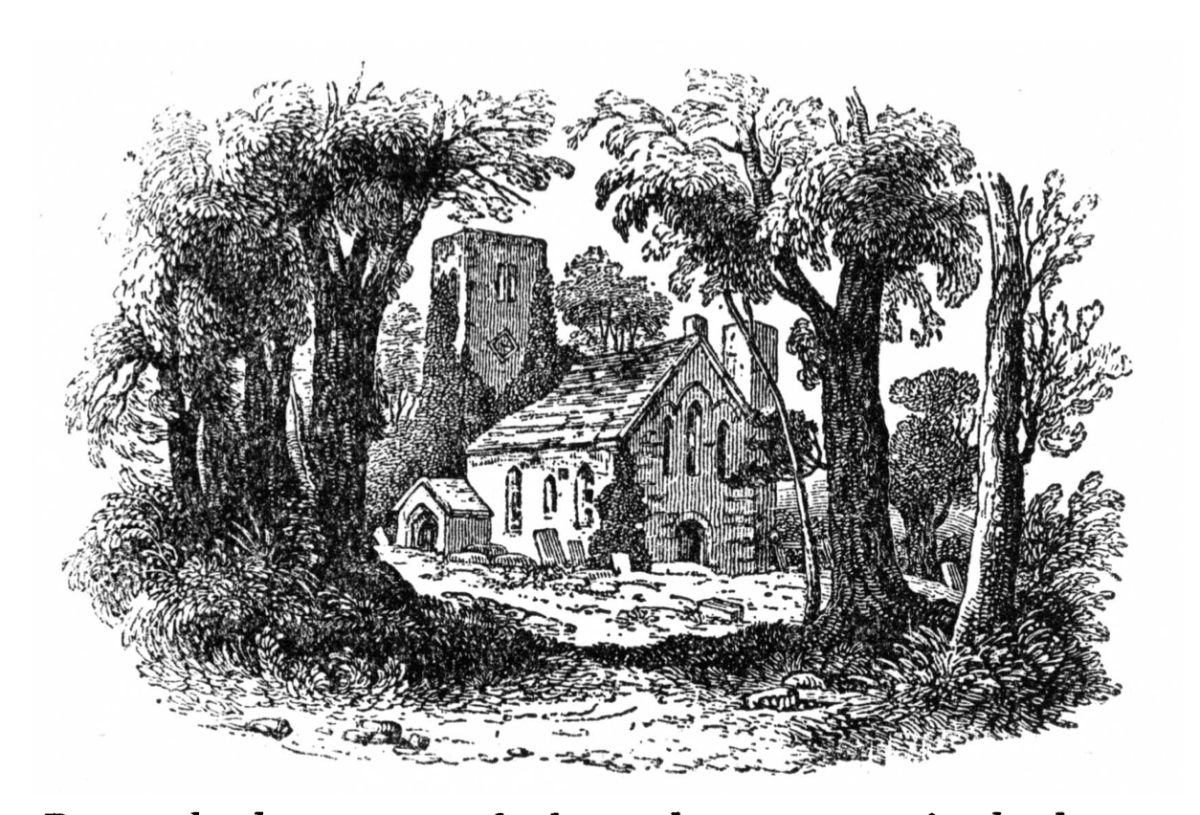“Where heaves the turf in many a mouldering heap…”

The Place of the Churchyard
Monday Conversation, 30 May 2022, 5-6pm, online.

The meanings and resonances of churchyards are multiple and deep. They are a sanctuary of peace at the centre of the community; a focus for local history; a place for prayer, mourning and memorialization. In the eighteenth century they inspired a group of poets looking for new ways to connect with the land and with the past.
We met for a discussion of exciting new research on churchyards, history and poetry. Ruth Abbott (Cambridge) took us beyond and behind Thomas Gray’s Elegy, introducing the poet’s unpublished Commonplace-Book notes on historical graveyards, tombs, and sepulchres. James Metcalf (King’s) offered a new reading of Robert Blair’s The Grave as a piece of land work.
James Metcalf: ‘This ado in Earthing up a Carcase’: Robert Blair’s The Grave (1743) & Eighteenth-Century Churchyard Georgic
“The churchyard is a place where it is impossible to forget the body. It is a place where bodies continually press upon the consciousness of the solitary figure wandering its enclosure, however abstracted their thoughts might aspire to be in contemplating the afterlife.”
James Metcalf works to rethink the eighteenth-century school of poets and thinkers often known as the Graveyard poets, refocusing our emphasis from graveyard to churchyard based on the study of particular places filled with physical and imaginative resonances. The burial site thus becomes part of a wider landscape in the long eighteenth century. James’ talk for Arts of Place offers an exciting glimpse into his upcoming book, Written in the Country Churchyard: Place and Poetics 1720-1820, where James examines how the georgic is a particularly useful mode for thinking about the poetry of the churchyard.
Ruth Abbott: Churchyard and other Common Places in Thomas Gray’s Antiquarian Scholarship
Ruth Abbott works on the particularly challenging questions of how people make notes and organise their ideas; has recently worked to edit an online edition of Thomas Gray’s Commonplace Book; and is editing an exciting multi-disciplinary volume about Gray composed from a myriad of scholarly perspectives. In this talk, Ruth thinks about churchyards as common places in the mid eighteenth century. She moves backwards from Wordsworth’s writing on epitaphs, which are defined as
“not a proud writing shut up for the studious: it is exposed to all […] it is concerning all, and for all”.
For Ruth, Wordsworth articulates a particular way of thinking about churchyards that appears to originate, in some part, in Gray. Bringing his Antiquarian scholarship into conversation with Elegy, she provides an enlightening reading of the common place of the churchyard in poetry and beyond. She highlights how eighteenth-century antiquarian research frequently depended on common access to sites such as churchyards as it did the sharing of textual resources, suggesting that such processes of historical, poetic, and place “openness” were as important to Gray as they were to Wordsworth when he was musing fifty years later on the epitaph.